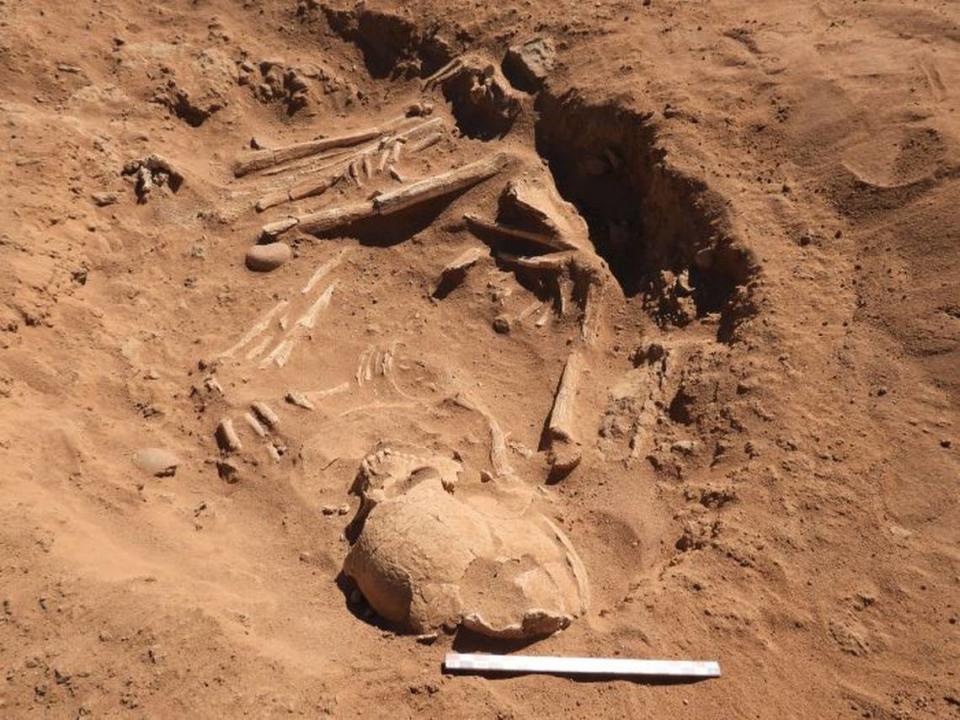7,000-year-old cemetery — with bone tools — uncovered in Sudan. Take a look
Looking out across the desert landscape of northern Sudan, it’s easy to imagine what the arid land looked like several millennia ago. Herds of cattle would pass through, drawn to the lush banks of the Nile River. Communities of people would settle along this intersection of water and wildlife.
A truck driver was involuntarily reminded of this ancient time while doing construction work in the Letti Basin, Science in Poland said in a Thursday, March 23, news release. The wheel of the truck fell into a hole, and when the driver tried to drive out, the truck threw human bones and ceramics to the surface.
As archaeologists soon realized, the construction crew had stumbled upon a 7,000-year-old burial chamber.
Excavating the area, archaeologists found a cemetery rich with grave goods. The burials belonged to some of the region’s first cattle breeders.
At one very deep burial pit, archaeologists uncovered the remains of a tall elderly man covered in fragments of animal skin. The animal skin had been colored with a red mineral known as ochre, the release said.
Ochre is a type of dye used since the cave paintings of the Paleolithic era, experts said. The dye is commonly associated with religious beliefs, such as in burials.

The pit grave also contained a bowl and five bone blades of varying sizes. Photos show these bone tools, including a pointed funnel.
The tools immediately drew the attention of researchers, Piotr Osypiński, one of the excavations’ lead archaeologists, told Science in Poland. The tools were sharpened while preserving the original shape of the bone.

Experts believe these tools were used for cattle bloodletting, the release said. The custom of bleeding cows is still practiced today by the Maasai people of Kenya and Tanzania, Osypiński said.
For the Maasai people, cow’s blood is “both ordinary and sacred food,” Atlas Obscura reported, and is “considered beneficial for people with weakened immune systems” with its high amount of protein. The blood may be consumed by itself, mixed with milk or added in other cooked dishes. The process of cattle bleeding involves nicking the animal’s neck, collecting the blood in a bowl and then clotting the wound so it heals properly.

 Yahoo Autos
Yahoo Autos 